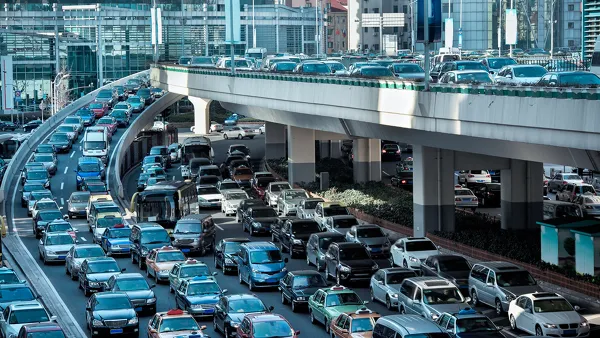Across the country, a median of 12.5 percent of workers continue to perform their jobs remotely.

A new list from SmartAsset reveals the U.S. cities with the highest percentage of remote workers. As Jaclyn DeJohn explains in The Herald Sun, a median of 12.5 percent of U.S. workers work from home.
The ranking shows that Frisco, Texas, part of the Dallas-Fort Worth metroplex, has the nation’s highest proportion of remote workers at 34.16 percent. In 22 other cities, over 25 percent of the workforce works from home. These include Seattle, Austin, Boulder, Portland (Oregon), and Atlanta. On the other end of the spectrum, just 1.58 percent of workers are remote in Odessa, Texas.
The five cities with the highest percentage of remote workers:
- Frisco Texas: 34.16 percent
- Berkeley, California: 31.29 percent
- Charlotte, North Carolina: 29.71 percent
- Carytown, North Carolina: 29.4 percent
- Carlsbad, California: 29.06 percent
This data can have major implications for cities. DeJohn notes that “the portion of workers operating remotely may impact the dynamics of a city. Where people spend most of their days may impact the food, transportation, and amenities sought by the population.”
FULL STORY: Cities with the most people working from home

National Parks Layoffs Will Cause Communities to Lose Billions
Thousands of essential park workers were laid off this week, just before the busy spring break season.

Retro-silient?: America’s First “Eco-burb,” The Woodlands Turns 50
A master-planned community north of Houston offers lessons on green infrastructure and resilient design, but falls short of its founder’s lofty affordability and walkability goals.

Delivering for America Plan Will Downgrade Mail Service in at Least 49.5 Percent of Zip Codes
Republican and Democrat lawmakers criticize the plan for its disproportionate negative impact on rural communities.

Test News Post 1
This is a summary

Test News Headline 46
Test for the image on the front page.

Balancing Bombs and Butterflies: How the National Guard Protects a Rare Species
The National Guard at Fort Indiantown Gap uses GIS technology and land management strategies to balance military training with conservation efforts, ensuring the survival of the rare eastern regal fritillary butterfly.
Urban Design for Planners 1: Software Tools
This six-course series explores essential urban design concepts using open source software and equips planners with the tools they need to participate fully in the urban design process.
Planning for Universal Design
Learn the tools for implementing Universal Design in planning regulations.
EMC Planning Group, Inc.
Planetizen
Planetizen
Mpact (formerly Rail~Volution)
Great Falls Development Authority, Inc.
HUDs Office of Policy Development and Research
NYU Wagner Graduate School of Public Service




























